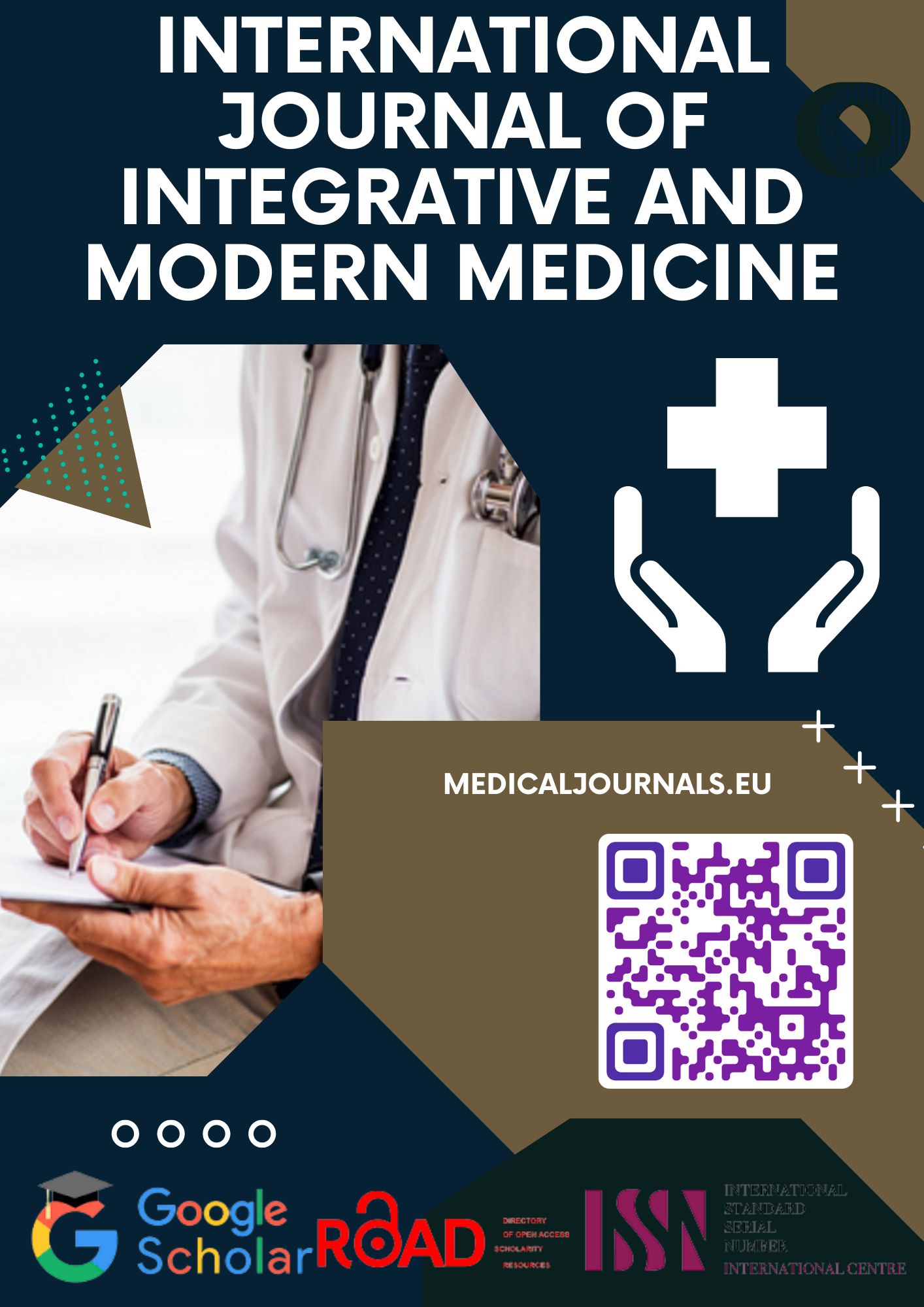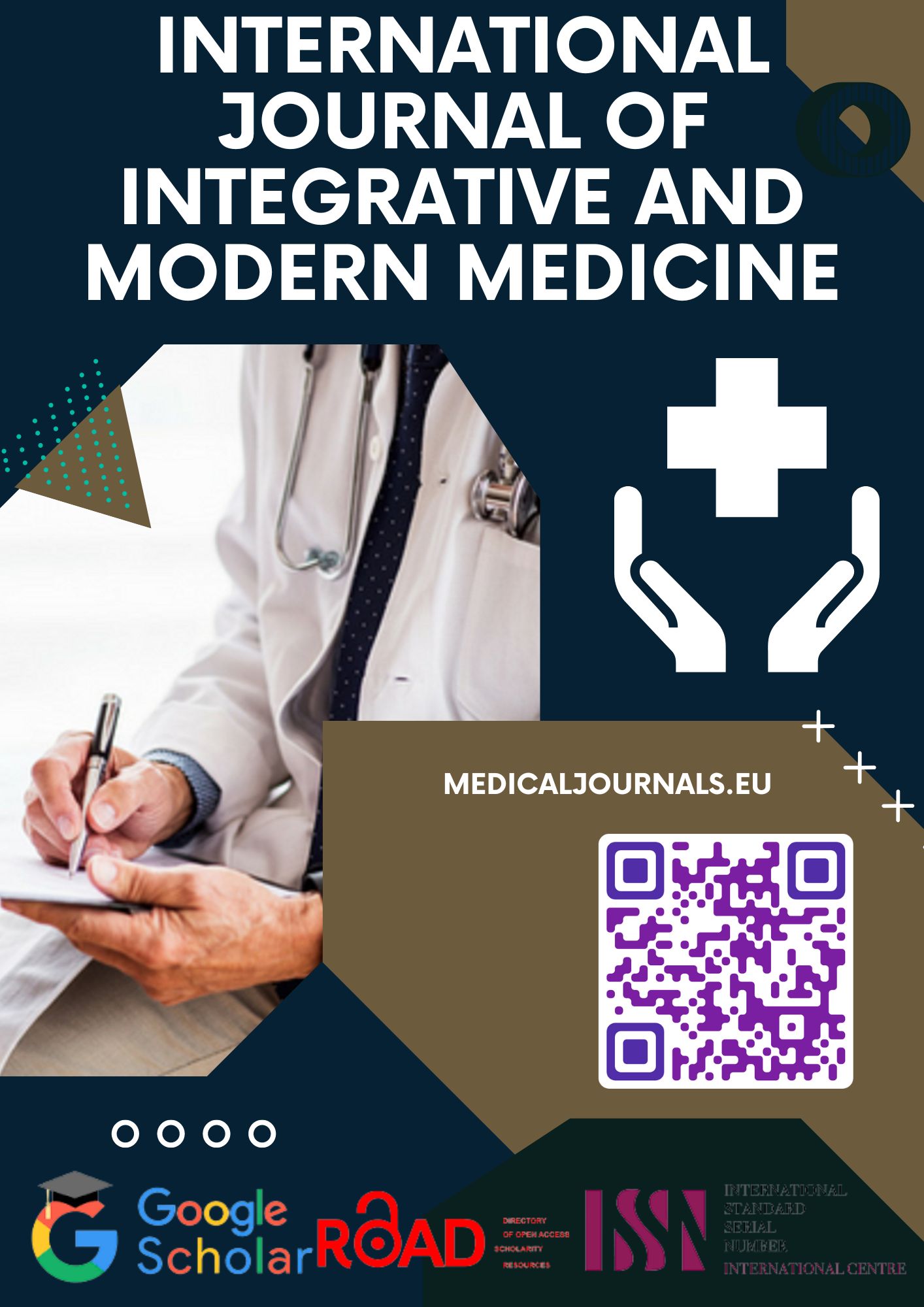The Role of Inactive Pituitary Adenoma in the Development of Hypogonadotropic Hypogonadism
Keywords:
Hypogonadotropic hypogonadism, pituitary adenoma, chiasmatic-sellar region tumorsAbstract
This article explores the impact of inactive pituitary adenoma on the development of hypogonadotropic hypogonadism in women. A clinical study was conducted on 76 female patients aged 18 to 47 years to assess hormonal changes and clinical manifestations. The study found that hypogonadotropic hypogonadism is the most frequent clinical indication of pituitary insufficiency (67%) in tumors of the chiasmatic-sellar region. Key symptoms include menstrual irregularities, infertility, neurovegetative and urogenital disorders, and underdevelopment of the uterus and ovaries. The symptoms of hypogonadism typically emerge in the early stages of the disease, preceding the onset of visual and neurological impairments. The diagnosis is confirmed by reduced levels of luteinizing hormone (LH), follicle-stimulating hormone (FSH), and estradiol.
References
Sullivan KA, Silverman A-J. 1993 The ontogeny of gonadotropin-releasing hormone neurons in the chick. Neuroendocrinology. 58:597-608.
Boyar RM, Finkelstein JW, Witkin M, Kapen S, Weitzman E, Hellman L. 1973 Studies of endocrine function in "isolated" GnRH deficiency. Journal of Clinical Endocrinology and Metabolism. 36:64-72.
Kallmann FJ, Schoenfeld WA. 1944 The genetic aspects of primary eunuchoidism. American Journal of Mental Deficiency. 158:203-236.
Fromantin M, Gineste J, Didier A, Rouvier J. 1973 Les impuberismes et les hypogonadismes a l'incorporation. Probl Actuels Endocrinol Nutr. 16:179-199.
Resorlu B, Abdulmajed MI, Kara C, Unsal A, Aydos K. Is intracyto-plasmic sperm injection essential for the treatment of hypogonado-trophic hypogonadism? A comparison between idiopathic and secondary hypogonadotrophic hypogonadism. Hum Fertil (Camb). 2009;12(4):204-8, http://dx.doi.org/10.3109/14647270903331139
22. Bakircioglu ME, Erden HF, Ciray HN, Bayazit N, Bahceci M. Gonadotrophin therapy in combination with ICSI in men with hypogonadotrophic hypogonadism. Reprod Biomed Online. 2007; 15(2):156-60, http://dx.doi.org/10.1016/S1472-6483(10)60703-1
23. Zorn B, Pfeifer M, Virant-Klun I, Meden-Vrtovec H. Intracytoplasmic sperm injection as a complement to gonadotrophin treatment in infertile men with hypogonadotrophic hypogonadism. Int J Androl. 2005; 28(4):202-7.
24. Fahmy I, Kamal A, Shamloul R, Mansour R, Serour G, Aboulghar M. ICSI using testicular sperm in male hypogonadotrophic hypogonadism unresponsive to gonadotrophin therapy. Hum Reprod. 2004;19(7):1558-61, http://dx.doi.org/10.1093/humrep/deh243
25. Vaitukaitis JL, Ross GT, Braunstein GD, Rayford PL. Gonadotropins and their subunits: basic and clinical studies. Recent Prog Horm Res. 1976;32:289-331.
26. Gonadotropin preparations: past, present, and future perspectives. Fertil Steril. 2008;90(5 Suppl):S13-20.
27. Bosch E. Recombinant human follicular stimulating hormone and recombinant human luteinizing hormone in a 2:1 ratio combination. Pharmacological characteristics and clinical applications. Expert Opin Biol Ther.2010;10(6):1001-9,
http://dx.doi.org/10.1517/14712598.2010.485607
28. Esteves S, Papanikolaou V. Clinical Efficacy, Safety and Tolerability of Recombinant hCG to Restore Spermatogenesis and Androgenic Status of Hypogonadotropic Hypogonadism Males. Fertil Steril. 2011;96(3):S230, http://dx.doi.org/10.1016/j.fertnstert.2011.07.884
Misell LM, Holochwost D, Boban D, Santi N, Shefi S, Hellerstein MK, et al. A stable isotope-mass spectrometric method for measuring human spermatogenesis kinetics in vivo. J Urol. 2006;175(1):242-6; discussion 6.








